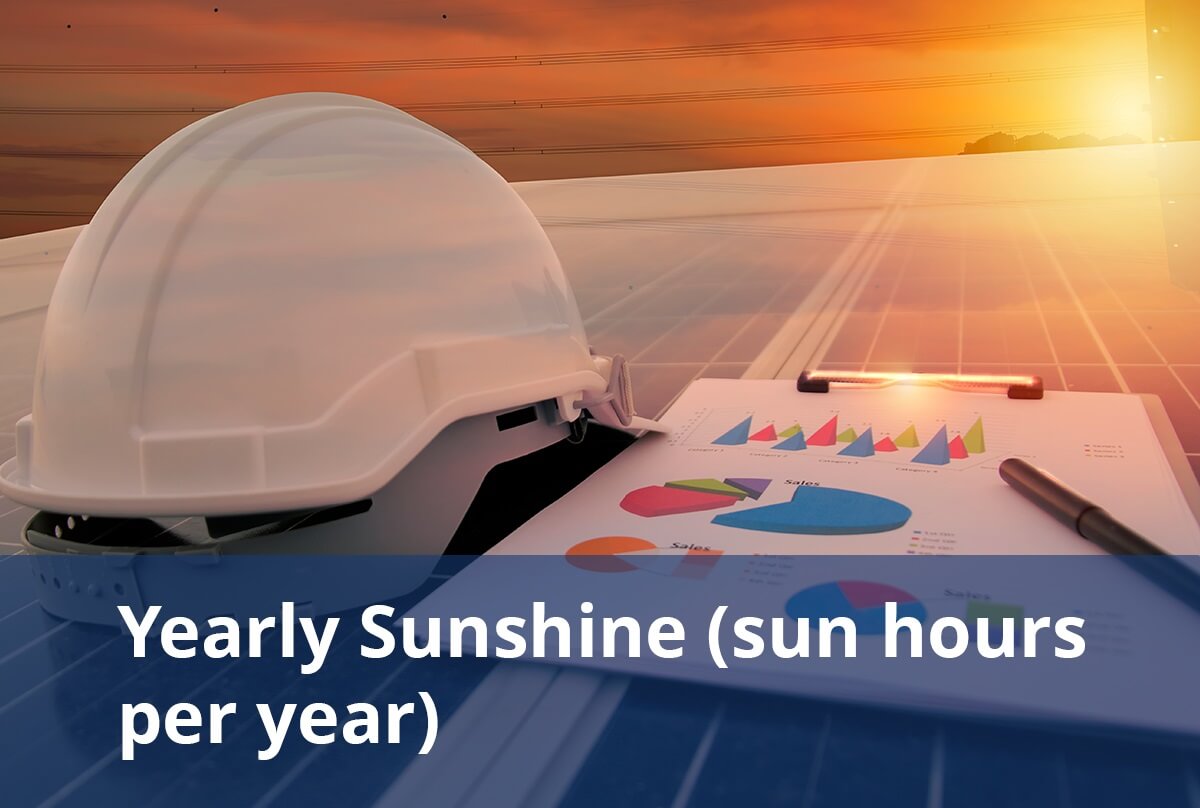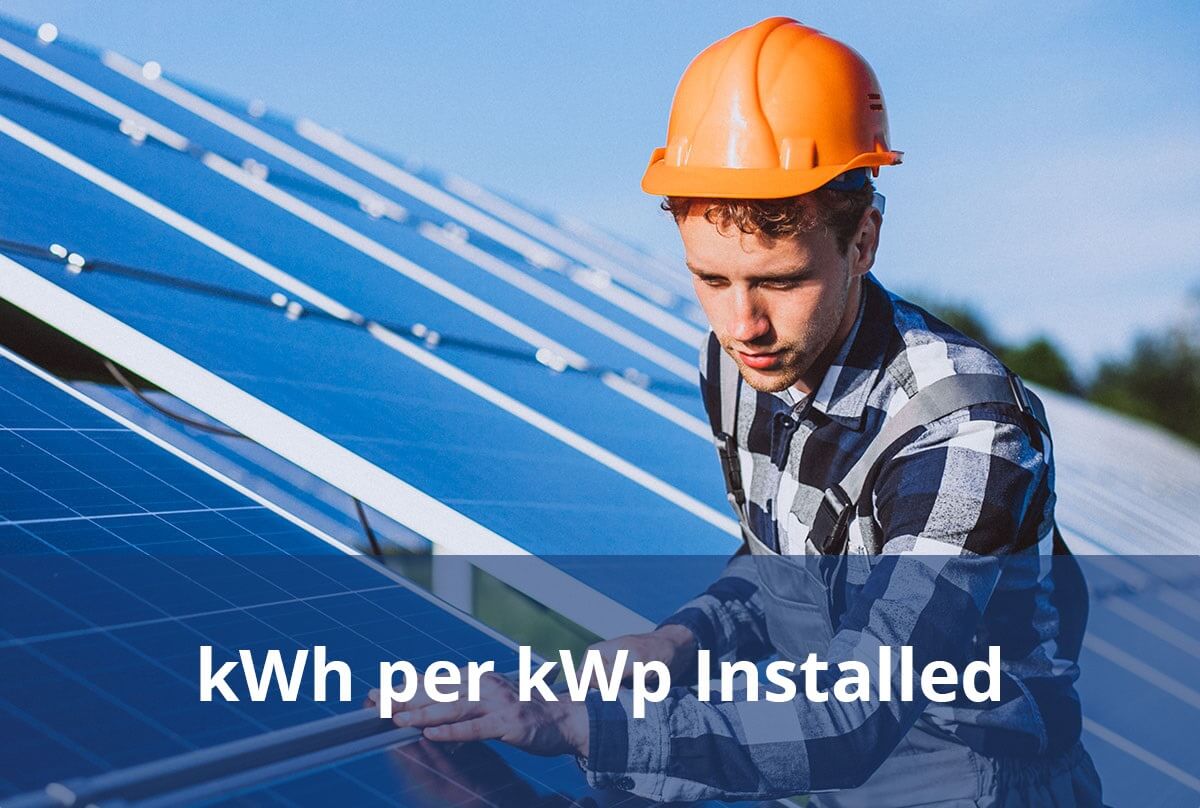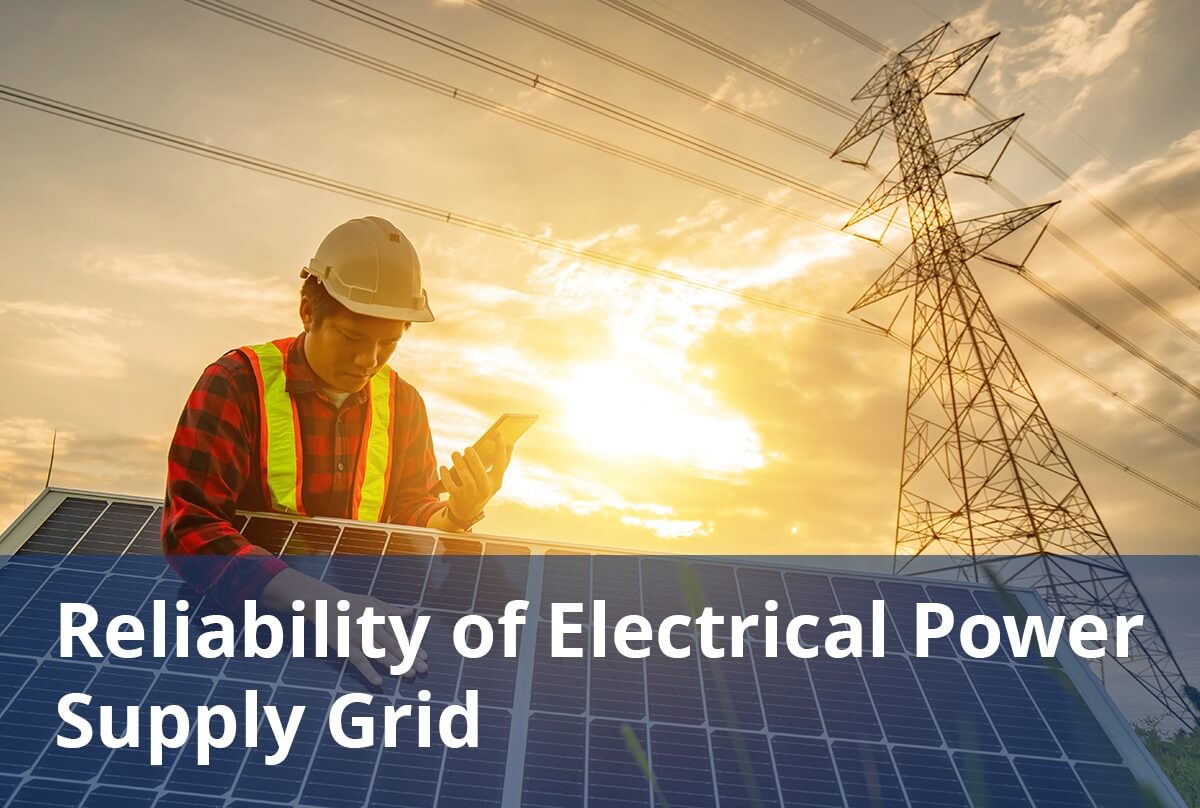Discover comprehensive insights into the statistics, market trends, and growth potential surrounding the solar panel manufacturing industry in Guyana
- Climate.top. (2024). Sunshine & daylight hours in Georgetown, Guyana. https://www.climate.top/guyana/georgetown/sunlight/
- Profile Solar. (2024). Solar PV analysis of Georgetown, Guyana. https://profilesolar.com/locations/Guyana/Georgetown/
- Caribbean Efficient and Green Buildings Programme. Solar energy. https://gea.gov.gy/solar/
- Trade.gov. (2024). Guyana – Country commercial guide. https://www.trade.gov/country-commercial-guides/guyana-renewable-energy
- The St. Kitts-Nevis Observer. (2024). Guyana putting foot on gas to generate more power in electrical grid. https://www.thestkittsnevisobserver.com/guyana-putting-foot-on-gas-to-generate-more-power-in-electrical-grid/#:~:text=The%20electricity%20sector%20in%20Guyanais,commercial%20losses%20of%20about%2030%25
- INewsGuyana. (2023). Installed capacity for solar energy to increase this year. https://www.inewsguyana.com/installed-capacity-for-solar-energy-to-increase-this-year/#:~:text=PV%20systems%20at%20a%20number,installed%20capacity%20to%207.99%20MW
- GEA. (2022). 2022 annual report. https://gea.gov.gy/downloads/annual-reports/2022-annual-report.pdf
- Our Today. (2024). Power outages becoming less frequent in Guyana. https://our.today/power-outages-becoming-less-frequent-in-guyana/
- LCDS. (2022). Chapter three stimulating future growth: Clean energy. https://lcds.gov.gy/wp-content/uploads/2022/07/LCDS-July-2022-Chapter-3-compressed.pdf
- EIA. (2024). Guyana. https://www.eia.gov/international/analysis/country/GUY
- GEA. (2024). GEA recorded major progress in 2023, advances renewable energy access to benefit local communities. https://gea.gov.gy/2024/03/08/gea-recorded-major-progress-in-2023-advances-renewable-energy-access-to-benefit-local-communities/#:~:text=In%202022%2C%20the%20solar%20PV,26%2C398%20solar%20home%20energy%20systems
- YouTube. (2024). [Video]. https://www.youtube.com/watch?v=nMNpE-LB69E&t=12s
- GEA. Solar. (2024). https://gea.gov.gy/solar/#:~:text=Guyana%20will%20shortly%20complete%20the%20installation%20of,Mahdia%2C%20Port%20Kaituma%2C%20Kwakwani%20and%20Matthew’s%20Ridge
- Oilnow. (2024). Procurement advances for Linden solar project in Guyana – Ali. https://oilnow.gy/featured/procurement-advances-for-linden-solar-project-in-guyana-ali/#:~:text=The%20initiative%20is%20expected%20to,of%2039%20megawatts%20(MW)
- Renewables Now. (2024). China’s SUMEC signs contract to build 18 MW of solar in Guyana. https://renewablesnow.com/news/chinas-sumec-signs-contract-to-build-18-mw-of-solar-in-guyana-853109/#:~:text=The%20contract%20between%20GUYSOL%20representatives%20and%20SUMEC,and%208%20MW%20in%20Onderneeming%20and%20Charity
- New Energy Events. (2024). Guyana launches tender for utility-scale solar and battery storage projects. https://newenergyevents.com/guyana-launches-tender-for-utility-scale-solar-and-battery-storage-projects/
- Staff Reporter. (2024). Guyana continues to pursue sustainable energy future. https://guyanachronicle.com/2024/02/06/guyana-continues-to-pursue-sustainable-energy-future/
- World Salaries. (2024). How much does a solar photovoltaic installer make in Guyana?. https://worldsalaries.com/average-solar-photovoltaic-installer-salary-in-guyana/
- Worldometers. (2024). Population of Guyana. https://www.worldometers.info/world-population/guyana-population/
- Remax. (2024). Warehouse – For rent/lease – Guyana, Demerara-Mahaica, Craig. https://www.remax-guyana.com/130002022-46
- GPL. (2021). Rates and tariffs. https://gplinc.com/bill/rates-and-tariffs/
- Guyana Real Estate. (2024). Warehouse. https://guyanarealestategy.com/property-type/warehouse/













